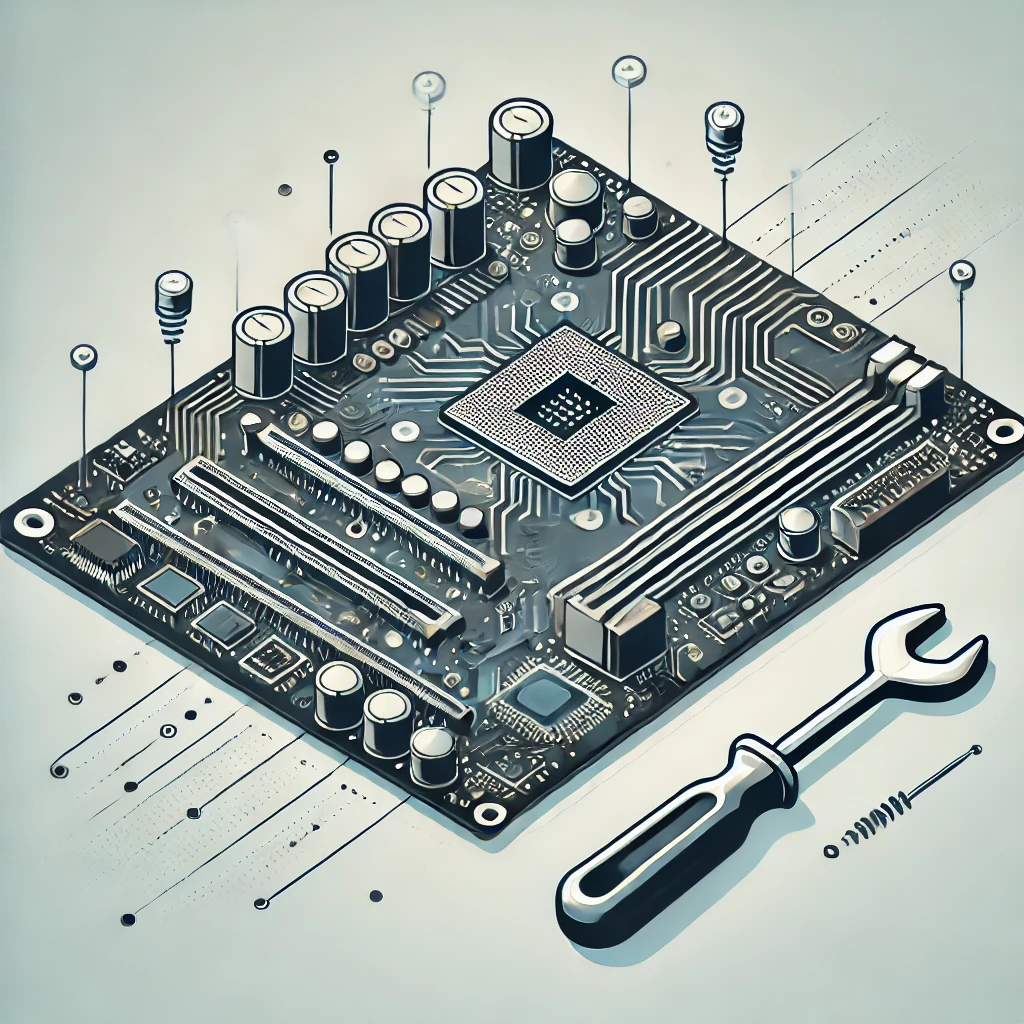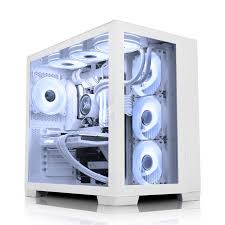
The motherboard is the heart of any computer system, connecting all the critical components like the CPU, RAM, storage devices, and more. When a motherboard develops a fault, it can lead to various issues, from minor glitches to complete system failure. Motherboard fault repair is crucial in these situations to restore your computer’s functionality. For many users, motherboard problems can be intimidating, but with the right knowledge and professional help, these issues can often be repaired.
Common Signs of Motherboard Faults
Understanding the signs of a faulty motherboard is the first step in diagnosing and addressing the issue. Here are some common symptoms that may indicate the need for motherboard repair:
- System Won’t Boot: If your computer fails to boot, it could be a sign of a motherboard issue. This could manifest as the power light coming on but no display, or the system repeatedly rebooting without reaching the operating system.
- Random Shutdowns or Restarts: If your computer randomly shuts down or restarts, the motherboard could be to blame. This is often caused by a short circuit or overheating.
- Unusual Noises: Hearing unusual beeping sounds or noises from your computer during startup can indicate a motherboard fault. These beeps are usually part of the BIOS’s error codes, alerting you to specific hardware problems that may necessitate motherboard repair.
- Component Failures: If components like RAM, graphics cards, or USB ports stop working, the motherboard might be failing to communicate properly with these parts. This could be due to damaged connections or a failing chipset.
- Overheating: Frequent overheating might indicate faulty temperature sensors on the motherboard or improper power regulation, both of which are issues that can be addressed through motherboard repair.
Diagnosing Motherboard Issues for Effective Fault Repair
Diagnosing a faulty motherboard can be tricky because the symptoms often overlap with other hardware issues. Here’s how to approach the diagnosis for effective motherboard fault repair:
- Visual Inspection: Start by visually inspecting the motherboard for any obvious signs of damage, such as burnt areas, bulging capacitors, or broken traces. These physical signs can indicate where the problem lies and guide the motherboard repair process.
- Check Connections: Ensure that all components are properly connected to the motherboard. Loose cables, RAM, or CPU connections can cause the system to behave unpredictably, potentially requiring motherboard fault repair.
- BIOS Beep Codes: Pay attention to the beep codes during startup. Each motherboard manufacturer has a different code system, but generally, a series of beeps will indicate the specific problem. These codes can be crucial in diagnosing the issue and determining the necessary motherboard fault repair.
- Component Testing: Test individual components like RAM, GPU, and power supply to rule out other possible causes of the problem. Swap out parts if possible to see if the issue persists, helping to narrow down the need for motherboard fault repair.
- Use Diagnostic Tools: Software tools can help diagnose motherboard issues by checking for errors in the system’s hardware and BIOS, aiding in the motherboard fault repair process.
Repairing Motherboard Faults: Practical Steps
If you suspect a motherboard fault, here are some potential motherboard fault repair options:
- Capacitor Replacement: One of the most common issues with motherboards is failing capacitors. These can often be replaced if you have the right tools and experience in soldering, making this a common step in motherboard fault repair.
- Reflowing the Solder: If you suspect a problem with the solder joints, particularly under the CPU socket or chipset, reflowing the solder can sometimes fix the issue. This is a delicate process and often best left to professionals specializing in motherboard fault repair.
- Replacing Damaged Traces: If the motherboard has damaged traces, these can sometimes be repaired with conductive ink or by soldering thin wires to bypass the damaged areas. This is another technical aspect of motherboard fault repair.
- BIOS Reset or Update: Sometimes, the issue can be resolved by resetting the BIOS to its default settings or updating it to the latest version, which is a simpler form of motherboard fault repair.
- Professional Repair: For more complex issues, or if you’re not comfortable working with delicate electronics, it’s best to take the motherboard to a professional repair service. They have the tools and expertise to diagnose and fix the problem correctly, ensuring thorough motherboard fault repair.
When to Consider Replacing the Motherboard Instead of Repairing It
In some cases, repairing the motherboard may not be cost-effective, especially if the damage is extensive or the board is old and outdated. If repair costs are high, it might be better to invest in a new motherboard. Additionally, if your motherboard is no longer supported by newer components or doesn’t have the features you need, replacement could be a better option than motherboard fault repair.
Don’t let a faulty motherboard disrupt your work or play. Contact AC Computer Warehouse today for reliable and professional motherboard repair services. Learn more about our services here.
For more in-depth information on motherboard repairs and the latest techniques, you can check out this comprehensive guide to help you understand the process better.
Related Blogs
NVIDIA RTX 5090 Power Connector Issues: What You Need to Know
NVIDIA RTX 5090 Power Connector Issues: What’s Happening? The NVIDIA RTX 5090 is one of the most powerful graphics cards…
Read this blogTop Christmas Computer Scams and How to Stay Safe in 2024
Christmas is a time of joy and giving, but it’s also a time when cybercriminals ramp up their efforts to…
Read this blogLenovo M80s Desktop PC: Compact, Powerful, and Affordable
Looking for a desktop PC that delivers top-notch performance in a compact size? The Lenovo M80s is the perfect solution….
Read this blog







